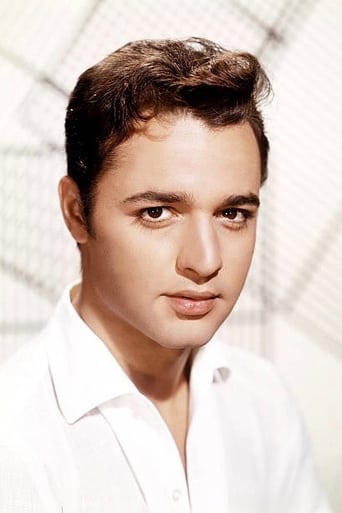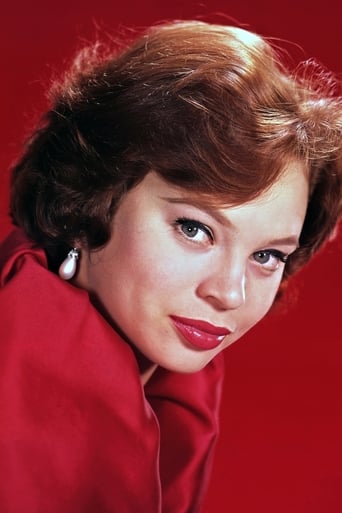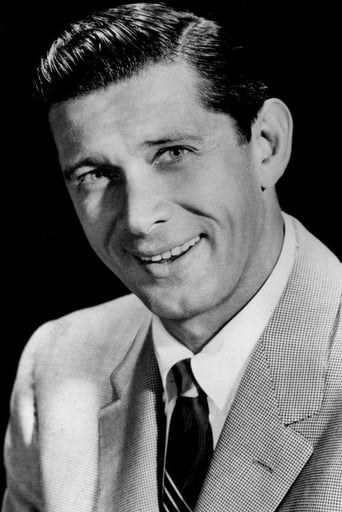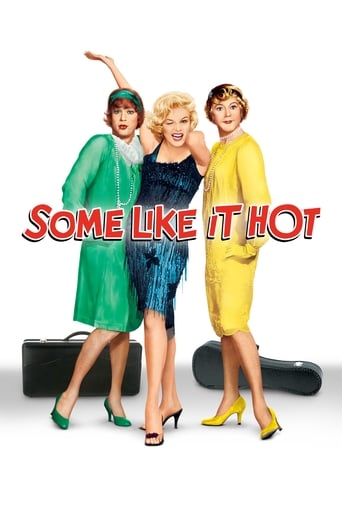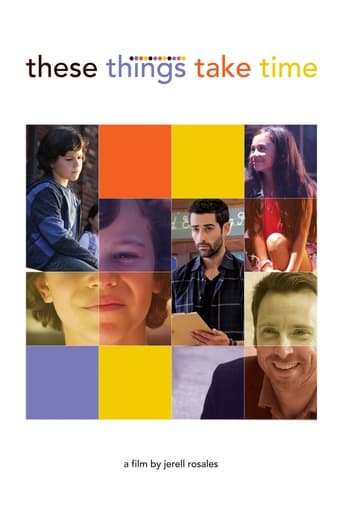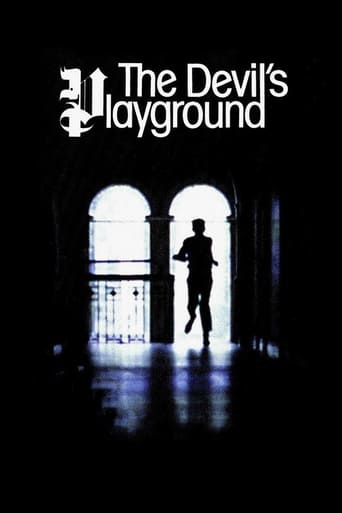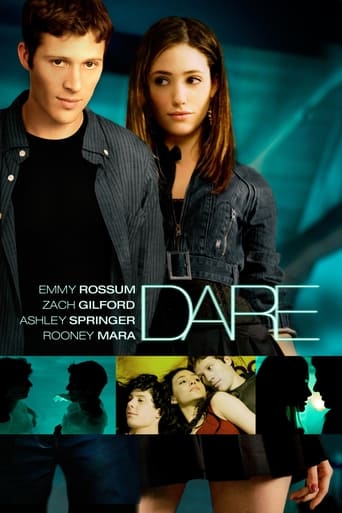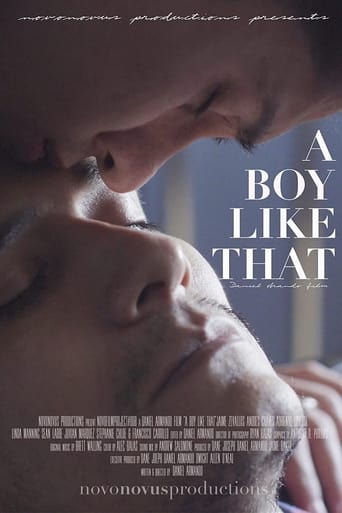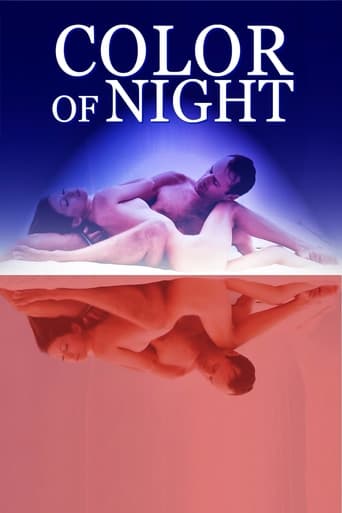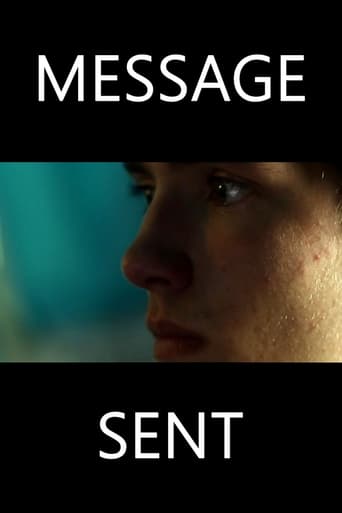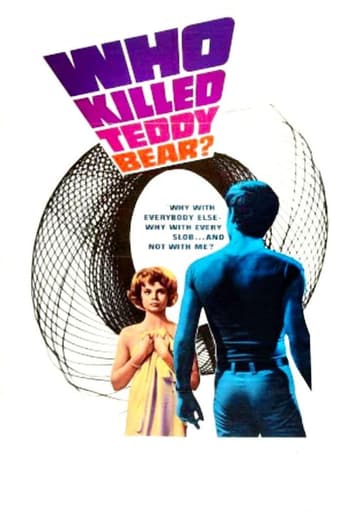

Who Killed Teddy Bear? (1965)
A grim police detective embarks on a one-man crusade to track down a depraved sex maniac when a nightclub deejay receives a disturbing series of obscene phone calls. Finding himself getting far too close to the victim for comfort, the hard-boiled cop must track down the unbalanced pervert before he can carry out his sick threats...
Watch Trailer
Cast


Similar titles
Reviews
Uneven, not very well paced and with some poor elements, this low budget piece of sleaze is still a good example of what can be done with a good idea, some decent actors and some balls. Great location shooting around Times Square/42nd Street clashes somewhat with some very flat interior sequences but all the electrifying disco scenes are excellent. Prowse really can dance and if Sal Mineo thinks he's auditioning all over again for Rebel Without A Cause, who can blame him with that physique. Lots of tasteless matters are gleefully paraded before us and even within the movie the lieutenant takes his dirty phone call research home never minding that his daughter is listening in. As others have mentioned, Scorsese must have seen this and in any event this would make a great double bill with Taxi Driver, also one would have to say that this is more sleazy and less glamorised than the more well known film. On a final note, how times change; completely rejected by the UK censors in 1965 is now released with 15 certificate.
A long out of circulation cult film, Who Killed Teddy Bear is a kind of stepping stone between Hitchcock's excavation of the warped mind in psycho, with its final psychiatric classification of Norman Bates, and Martin Scorsese's Taxi Driver, with its disturbed lonely man lost amongst the newly permissive urban landscape.The primary focus of Joseph Cates' 1965 film is a sometime dancer and barmaid (Juliet Prowse) who has been receiving obscene and threatening phone calls from an unknown person. Yet as the case unfolds, the film becomes more intrigued by the characters surrounding her – the possibly lesbian manageress of the bar (Elaine Stritch), the investigating detective who is obsessed by abnormal psychologies (Jan Murray) and the disturbed busboy who turns out to be the caller (Sal Mineo). Each of the characters seems alone and immersed in the modern urban condition. Throughout the film, a preponderance of mirror shots (the "solving of the case even involves a mirror) suggests a world in which everyman and everywoman's sickness reflects everyone else's. The detective seems to have become so obsessed with his quarry that he almost crosses the line into psychosis himself, the manageress might have her own sexual agenda in wishing to help her victimized employee and each of them seems as much of a threat as the unknown caller. Prowse does not know who to trust, even whether to trust herself, and although the film descends into a "get the culprit" finale, even this traditional end fractures into a private turmoil lost in an alienating environment.The film offers a series of very strong character studies, all remarkably well acted, but often seems concerned to conjure the feel and sound of the times through montages to music, of dancing, working out and wandering, and its black and white footage cut to pop hits makes it seem like a greyscale Kenneth Anger at times. One of the montages involves Mineo drifting through the fleshpots, bookshops and cinema foyers of Times Square, an eerie presentiment of Travis Bickle. Mineo is particularly strong in the role of the tormented busboy, tortured on a rack between the unfettered expression of carnal nature he sees all around him (and has the potential for within) and the last psychotic jerks of a Puritan sexual consciousness. Mineo proves here what a remarkable actor Hollywood wasted when it underused him, and his physical presence – often showing his toned body in swimming trunks or flaunting his butt in the tightest of Chinos – suggests a missing link between mainstream Hollywood and underground stars like Warhol's Joe Dallesandro and Pink Narcissus' Bobby Kendall.Who Killed Teddy Bear isn't a perfect film – there's something missing structurally and a tendency towards melodrama – but its picture of a world fallen from a childhood Eden into an adulthood of sticky and strange sexual dramas, it was way ahead of its time and still stands head and shoulders above most of the so-called sophisticated cinema of today.
Here is one of the lost gems of the early 60's. Joseph Cates "Who Killed Teddy Bear" is a dark, seedy, and sex obsessed oddity that must have unnerved audiences in it's day. The sexy Nora Dane, played by Juliette Prowse, is receiving some very disturbing phone calls, complete with heavy breathing and some obscene suggestions. She doesn't know who this man is, but he seems to know a lot about her, like her name, where she lives, where she works, and what she looks like in her underwear. Elaine Strich plays the tough talking owner of the swinging nightclub where Nora works as a deejay. Her interest in the young Nora goes beyond simple friendship. After the mysterious phone calls become more threatening, Nora consults a detective, who has his own perverse obsessions. And then there is Lawrence, played by Sal Mineo, a shy and polite busboy who works at the club with Nora. And Nora seems to be the center of everyones obsessions, probably due to the fact that she seems to have no interest in sex at all. "Who Killed Teddy Bear" is filmed with an incredible amount of style, in shadowy, dreamlike black & white. For the segments featuring the obscene phone caller, the camera lens actually seems to be fogged up from the body heat and animal lust of the near naked stalker, as he lies on his bed and enjoys the sound of fear in the woman's voice, as he describes what he wants to do to her. And then there are the amazing shots of New York city, by day and night. Everything is light and shadow, lurid and overwrought. This is classic film noir, and it's low budget only adds to it's unique appeal, and adds an extra level of sadness and desperation to the tale. Sal Mineo especially, is outstanding here, as the sexually messed up loner, who lives with his retarded sister in a gloomy apartment. Why Sal never made it on the same level with James Dean and Brando, I cannot understand. This guy always turned in a great performance in everything he did, and possessed an incomparable screen presence. i recommend 'Teddy bear' to people who love cinema, and who have an appreciation for the art of film making. Though it is difficult to find, as there has never been an official video or DVD release, and most likely never will be. There are various online distributors selling bootlegs of this and other Sal Mineo titles, ranging from very good to poor quality. See this if you can. It's unforgettable.
Read Son of Cathode's review as he has it right about this great piece of film making that has somehow gone mostly unnoticed by those that fancy dark and gritty films. This film delivers in spades and in my final estimation, I can only add to what others have said before me in saying this was way ahead of it's time when one considers technique.However, if this was attempted to have been made let's say in 1976 as opposed in 1965, it might of lost something in capturing the gritty underbelly which was somewhat different than the gritty style of a decade earlier and the finished product might have been too slick and obvious for 1976. I'm glad that the film makers were bold enough to have taken on such a project when they did it in 1965 and this film stands as a testament to their boldness. Look online at some of the big online auctions and you can commonly find this title now days for under 20 bucks and well worth it as this is a must see film for those who REALLY like the noir style.


